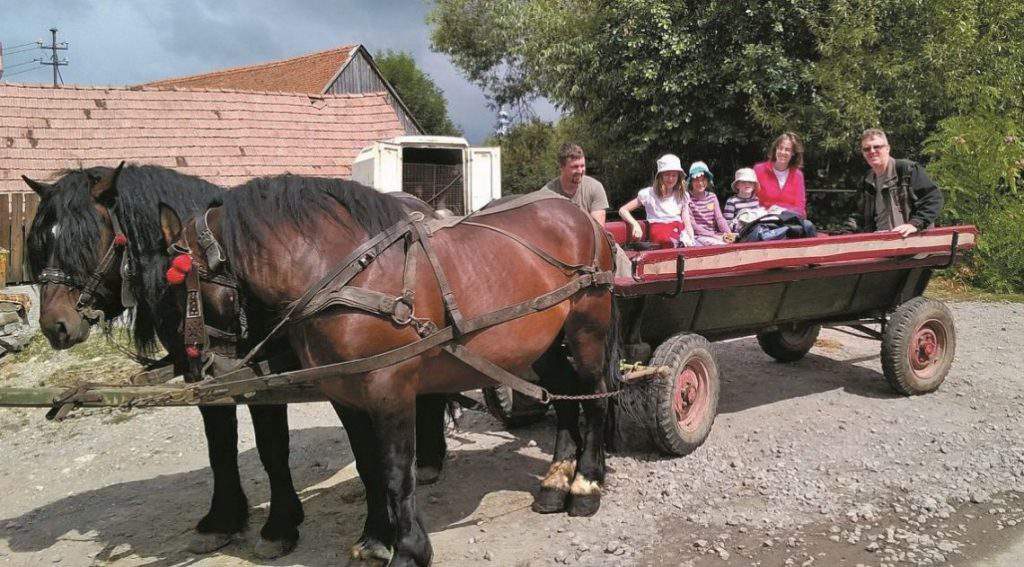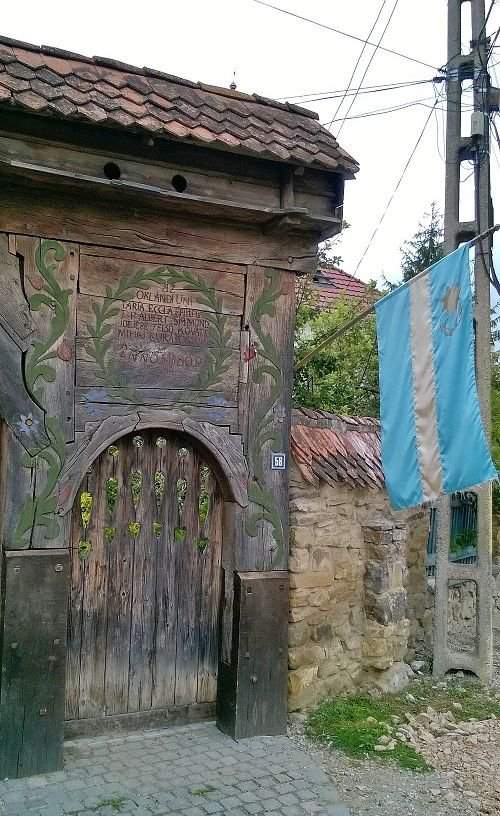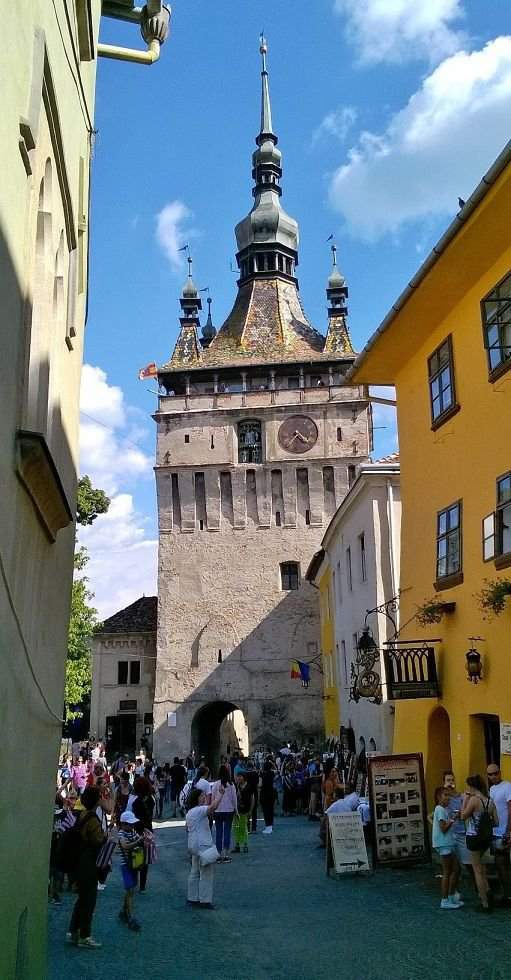Change, but not too much, in Székely Land

As an English outsider, somehow I have to attempt to really “get with it” and share my Hungarian family’s far greater understanding of the historical and present-day “delicacies” surrounding Transylvania and Székely Land. Nonetheless, it was a pleasure to take the lot on a visit this summer. An article written by a guest author, Alexander Stemp.
A 700-kilometre drive from Budapest got us there with a worthwhile overnight stop at Nagyvarad/ Oradea border town en route to the Transylvanian peaks. Plus much additional driving once there, as this region is large and spectacular, with those who live there being highly sentimentally attuned to their land.
Although happy to go, I had this one slight reservation that goes far beyond my grasp, as the ever-continuing, unresolved Transylvanian debate still takes its toll on many of the locals. Despite this tricky political background, dating from 1920, my family and I went about our way, enjoyed the sites and met many who live there.
And there is much to take in while on these roads winding round forested hills and mountains such as the Hargita peaks with wide-open valleys, glorious lakes and wondrous wildlife.
Certainly it’s not possible to see everything as this would require much time off to accomplish properly. So we stuck to Székely Land most of the time.
This region, as it is known by outsiders, is Székelyföld to Hungarians and Ţinutul Secuiesc to Romanians. It is an exclusive part of the eastern Transylvanian terrain, still with a present-day Hungarian majority and exclusive heritage pre- and post-Trianon 1920. Despite the precariousness when the transition of sovereignty over Transylvania passed to Romania, Székely Land has managed to preserve its origins, its language and culture.
One way this is seen today is in the
Székelys’ own alluring symbolic flag, aqua blue with a central gold bond and sun, and silver crescent moon, as seen prevailing over the area.
First impressions: The love of horses
Right from the outset, there was a great sense of “going somewhere different” while driving through the heat and dust of the Hungarian Puszta flatlands in high-30s C, to the eventual cool and calm of these ancient valleys. And the good news is that many through roads and border controls have improved. Getting there, either by road or rail, is easier than ever, as there are various direct trains from Budapest to Cluj-Napoca/ Kolozsvár, Brasov/ Brassó and so forth.
Perhaps one of the first things you may notice is that the Székelys and Transylvanians have a great love for horses. Horse-drawn carts are still very much a way of life, not so much because of the assumed notion that “they are so poor” but because tradition still very much lives.

If you want a ride, just ask around. Someone will offer you one.
Of course, occasionally horse and carts “battle it out” on the slopes with heavy-goods vehicles and cars, which can be as irksome as driving through downtown Pest.
Many Hungarian/ Transylvanian folk tales relate to horses and this general atmosphere, as wonderfully expressed by Székely legend Benedek Elek, 1859-1929. A journalist widely known as the Great Székely-Hungarian Folk Tale Teller, he wrote classics such as “Székely Tündérország” (Szekler Fairy-land) and others relating to life in this region. These are still to be found in bookshops and online at audio sites.
Doors, gates, entrances: The traditional “Székely kapu”
Another striking feature that comes to attention once in Székely Land is the dimensional all-in-one doors, gates and archway entrances, exclusive to this region. Although similar in structure, these ornamental, artistic “approaches”, made of wood, are placed facing the streets, at the front of properties, churches, schools and throughout the vicinity. Remarkably, none have the same final decorative style, each telling a different story with its own assorted carvings, motifs, inscriptions and personal touches.

These historical and sometimes modern-day gateways are often three to five metres high to allow horse-drawn carts through while carrying large stacks of hay from the fields.
Towns and cities
Much is to be said about Transylvania’s urban centres as they have improved greatly too compared to the Ceausescu days and before Romania joined the EU in 2007. The main places we saw really have developed since then, with restoration, new shops and restaurants, better facilities and far more prosperity than ever.
We visited the medieval town of Sighisoara/ Segesvár with its famous central town clock, and, although enchanting, this very busy tourist town resembles an “oriental Prague”, with a similarly ornate style and a mass of visitors. Still, it is a very beautiful ancient historical place with stunning scenery and worth a visit.
Then there is Miercurea-Ciuc, formerly known as Csíkszereda, alongside the well-known Sumuleu Ciuc/ Csíksomlyó, with its highly impressive Franciscan Monastery, founded in 1442, which leads to a vast, open hill where Roman Catholic pilgrimages take place.
Many Hungarians from far and wide congregate to celebrate Pentecost here each year.
We did not see many other main towns beyond this point, other than that it was good to notice an airport while passing through Targu Mures/ Marosvasarhely, which would surely serve Budapest or perhaps Vienna, should a flight be desired next time. And then, if you like Art Nouveau, I recommend visiting Nagyvárad/ Oradea.

Tourism
There is so much on offer. Transylvania is clearly ideal for outdoor tourism, with countless opportunities for walking, hiking, climbing and skiing. The immediate best attractions are visiting the grandiose Békás rocks, Hargita peaks and the Ghimes, a former border region that takes one further eastwards to another area altogether.
For those who enjoy swimming there are various lakes and resorts such as the Anna and Medve lakes.
And if you want to see the “real thing” in village tourism, just look out for information signposts as you go by.
There are often artistic and musical festivals throughout the social calendar. Many new websites offer all-year opportunities to really enjoy Transylvania. Then there are alternatives such as brown bear spotting with a personal tour guide, which I found marvellous, as well as cheese tourism and other surprises.
If you’re searching for Count Vlad, then visit Castle Bran – also known as Dracula’s Castle – near Brasso.
This legendary Transylvanian fortress dates to 1377 and is one of the region’s biggest draws. But the queues are long in summer, and I sensed that perhaps this overrated attraction would be far better kept for a distinctly cloudy day out of peak times, thus making it more tantalising.
To be honest, Transylvania/ Székely Land has too much to offer to write about here. My advice is to read up first and visit tourism websites. Certainly an open mind and spontaneity are required, especially with the changeable weather. If you have a good car, then all the better to see as much as possible.
Just do it your way, as we did. Those who have already been, often return for more.
photos: Alexander Stemp
Source: Alexander Stemp – guest author






I purchased an airline ticket already for much less !